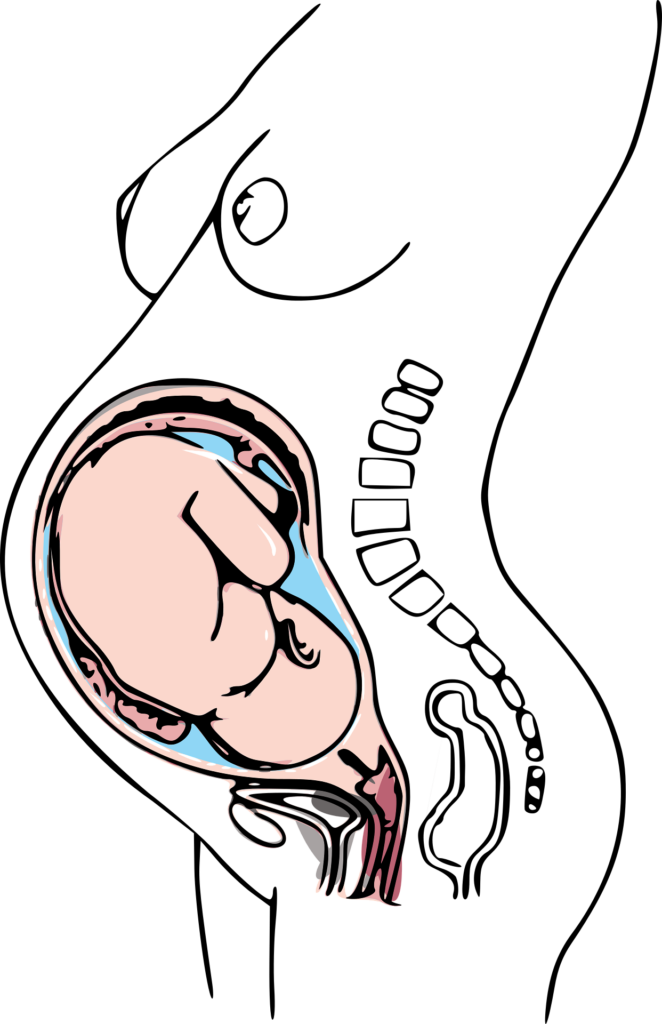Preparing the Body for Labor through Physical Therapy
Pregnancy is an exciting journey but it also comes with its own set of challenges. As expectant mothers, we often focus on the preparations for the arrival of our little ones – setting up the nursery, buying baby clothes and essentials, and making birth plans. But one important aspect that is often overlooked is preparing our bodies for labor.
Did you know that regular physical therapy sessions during pregnancy can help ease labor pain and reduce the risk of complications during childbirth? That’s right! Physical therapy not only helps in maintaining a healthy weight and reducing back pain during pregnancy, but it also plays a crucial role in preparing your body for labor.
Let’s dive deeper into how physical therapy can help you in your journey towards motherhood.
The Importance of Preparing the Body for Labor
Childbirth is a physically demanding experience that requires strength, endurance, and flexibility. Just like an athlete trains their body before a big game or competition, it is essential for expectant mothers to prepare their bodies for the intense demands of labor.
By preparing your body through physical therapy, you can improve your chances of having a smoother and more comfortable childbirth experience. Physical therapy not only focuses on strengthening the muscles needed during labor but also educates women about proper breathing techniques and positions that can help ease labor pain.
Benefits of Physical Therapy During Pregnancy
Pregnancy brings about many changes in a woman’s body – hormonal changes, weight gain, postural changes – all of which can lead to discomfort and pain. Physical therapy can help alleviate these symptoms and also provide many other benefits, such as:
- Reducing back and pelvic pain: As the baby grows, the weight gain and postural changes can put strain on your lower back and pelvic area, leading to pain. A physical therapist can provide exercises to strengthen your core muscles and relieve this discomfort.
- Improving posture: With a growing belly, it’s common for pregnant women to slouch or hunch over, causing neck and shoulder pain. Physical therapy can help correct posture issues by strengthening the muscles that support proper alignment.
- Preparing pelvic floor muscles: The pelvic floor muscles play a vital role during childbirth as they help push the baby out. Physical therapy can help strengthen these muscles to make them more resilient and reduce the risk of tearing during delivery.
- Enhancing labor experience: As mentioned earlier, physical therapy teaches proper breathing techniques and positions that can help manage pain during labor. These techniques can also increase oxygen flow to the baby, making it easier for them to handle contractions.
What to Expect During a Physical Therapy Session
During your first session, your physical therapist will perform an evaluation to assess your current physical condition and any specific concerns you may have. They will then create a personalized exercise plan based on your needs and goals.
You can expect to do exercises that target your core, back, pelvic floor, and leg muscles. Your therapist may also incorporate stretches or use techniques such as manual therapy or heat therapy to help relax and loosen tight muscles.
It’s important to listen to your body during the session and communicate any discomfort or concerns with your therapist. They will adjust the exercises accordingly to ensure you are not overexerting yourself.
Additional Benefits of Physical Therapy for Pregnancy
Aside from preparing the body for labor, physical therapy can also have other positive effects on pregnant women. These include:
- Decreasing stress: Pregnancy can be a stressful time both physically and emotionally. Physical therapy sessions provide a safe space for you to focus on yourself and your well-being, helping reduce stress levels.
- Promoting better sleep: With hormonal changes and physical discomfort, getting quality sleep during pregnancy can be challenging. Regular exercise through physical therapy can improve sleep quality and help you feel more rested.
- Improving posture: As your belly grows, it can put strain on your back, leading to poor posture. Physical therapy exercises can strengthen muscles that support good posture, reducing pain in the lower back and hips.
- Preparing for postpartum recovery: The exercises and techniques learned in physical therapy can also benefit postpartum recovery. Strengthening the pelvic floor muscles can aid in healing after childbirth and reduce the risk of conditions such as urinary incontinence.
Conclusion
Physical therapy is a valuable tool for preparing the body for labor. Not only does it provide techniques to manage pain during labor, but it also offers numerous additional benefits for pregnant women. By incorporating physical therapy into your pregnancy journey, you can feel more confident and prepared for the physical demands of labor and postpartum recovery. So don’t hesitate to reach out to a physical therapist for support during this important time in your life. Your body (and future self) will thank you. End. But remember, always consult with your healthcare provider before starting any new exercise routine during pregnancy. Take care of yourself and enjoy this special journey! Happy birthing!

